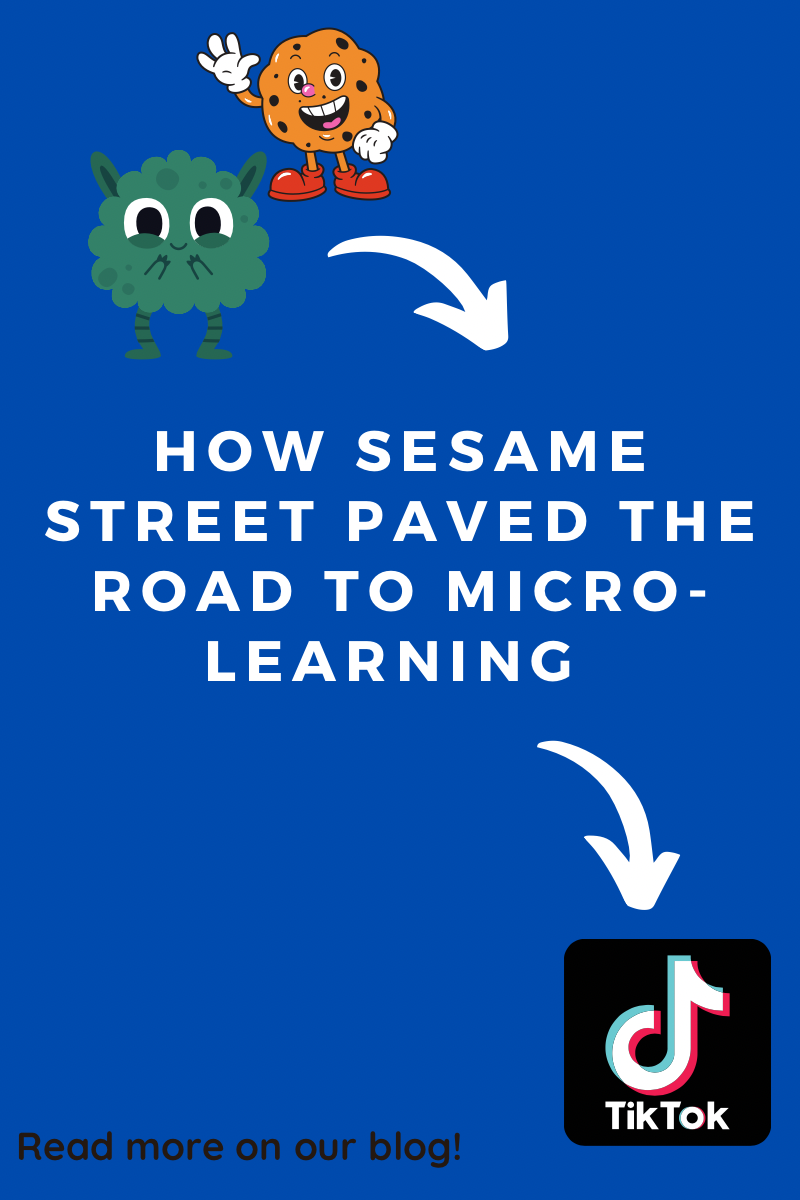Cookie Monster has changed his food focus from an all-the-time cookie party to a sometimes treat. The Count still loves to count, and the alphabet still makes for a great commercial-length info byte for pre-school-age children. Those clips of 15 or 30 seconds dealing with numbers and quantities, letters and sounds, or examples of friendship, kindness, and acceptance of all; were the gateway to learning and preparing to enter kindergarten for the last two generations of kids. They were what made Sesame Street ground-breaking pedagogy.
Kids who grew up on Sesame Street didn’t want to give it up as adults. Luckily, TikTok has made those 15 and 30-second learning bytes accessible to everyone.
“Tiktok is the new frontier,” said Ben Yarbrough, Ph.D., an adjunct Communications Professor. “What I love about Tiktok is that it was a reset button on expectations. The rawness and authenticity of Tiktoks reduce the barriers to entry, making video production more available to more people. People love the raw experience. You no longer need a studio or professional equipment to make a direct connection with your audience.”
Tools and specific media aside, the phenomenon of byte-size learning is called microlearning, and it is growing in popularity. In just one issue of TBG’s week EdTech News feature, two companies are making vastly different offerings to very different audiences. One is reaching out to adults looking to learn about cryptocurrency trading. The other? Features 5-minute-long or less activities to teach school children about emotional regulation and calming techniques. The promises of microlearning for the time-stressed and curriculum-bound are immediately clear.
But is microlearning effective?
We have been using the term microlearning for longer than Tiktok has existed. At first, it meant dividing a single lesson or lecture into blocks of 5 to 25 minutes in length. The micro-lesson would introduce a concept, context, and practical application in one short period. Naturally, each of these micro lessons would have 1 to 3 defined learning outcomes to achieve. Instructors would then elicit feedback and comment from learners, and there would be a formal or informal assessment to ensure the outcomes were met. Various studies showed that this kind of microlearning was highly-effective, anywhere from 17% to 24% more effective than more traditional lesson structures of an hour or more in length.
During the period of microlearning, students used engaging in-class exercises designed to apply what they learned immediately. Teachers could also assess immediately. Rapid paper prototyping from game education serves as a good example. In one case, groups of students were challenged to create a simple puzzle or strategy game in 15 minutes using just a piece of paper, a paperclip, and a pen.
The way we are using the term microlearning now to describe the 15 and 30-second learning bytes is still under the research microscope. Certainly, if you are relaying facts using a mnemonic device, then a video clip is a technique you can and should try. Students will learn the six nations of the Six Nations Confederacy if you ask them to think of the term McToos, and then list Mohawk, Cayuga, Tuscarora, Oneida, Onondaga, and Seneca. Learning the history of residential schools and how it continues to affect members of the Six Nations Confederacy, on the other hand, needs other tools and materials.
It’s clear that microlearning has much to offer higher ed students. It offers them byte-sized learning opportunities that they have been conditioned to enjoy and absorb since their days watching Sesame Street. It also provides an initial point of engagement as a commercial for the rest of your course material.
Latest posts by Kate Baggott (see all)
- How I Lead: Michael Graham, Vice President of Operations and Technology at NLU - March 22, 2023
- The EdTech News for Friday, March 17, 2023: AI Supports Reading Development, Educators Detect AI-Generated School Work - March 17, 2023
- The EdTech News for Friday, March 10, 2023: Families Coding, Mindsets Changing, and Edusity is Educating - March 10, 2023
